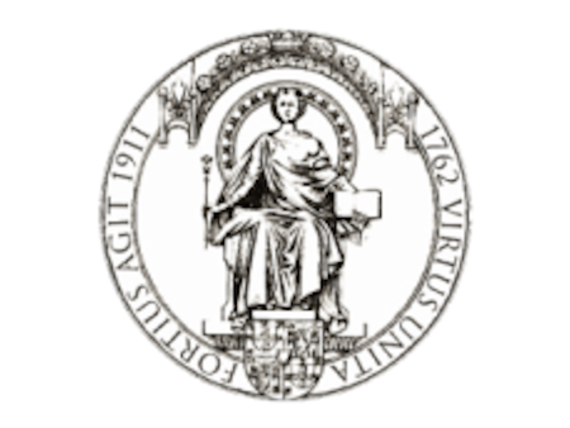On the Macroecology and Global Distribution of the Ecosystem Engineer: Sabellaria alveolata in a changing world (REEHAB)
PhD thesis of Amelia Curd (Bretagne - Loire University) defended on 07/07/2020
Supervisors: Stanislas Dubois, Louise Firth (Plymouth University)
All along Europe’s coast, a unique biogenic habitat buffers the shores’ environmental extremes for the high-diversity fauna it hosts: the reefs of the honeycomb worm Sabellaria alveolata.
Despite being listed as a priority European Union habitat, the criteria for assessing candidate reefs have yet to be defined. As a prerequisite to defining the habitat’s ecological status, the aim of this thesis was to further our knowledge of S. alveolata’s ecological niche. Its niche was explored through the identification and analysis of physiological condition biochemical indicators, which were linked to the outward physical appearance of the bioconstructions in which the individuals resided.
Spatial and intraspecific variation in reproductive and biochemical traits were analysed in individuals sampled in ten sites between North Wales and central Portugal. This made it possible to test different theories on the optimal position and environmental conditions for reproduction within a species range.
Finally, by constructing a broad-scale occurrence records database which served as the response variable in a species global distribution model, predictive ‘range-long’ maps of present and future suitable habitats were generated for the whole north-east Atlantic coastline. By integrating ecophysiological and biogeographical approaches, this thesis has brought mechanistic insight to the broad-scale processes shaping the distribution of this key habitat-forming species.
Collaborations:
Funding:
Publications:
Curd, A., Chevalier, M., Vasquez, M., Boyé, A., Firth, L.B., Marzloff, M., Bricheno, L.M., Burrows, M.T., Bush, L.E., Cordier, C., Davies, A.J., Green, M.J.A., Hawkins, S.J., Lima, F. P., Meneghesso, C., Mieszkowska, N., Seabra, R., Dubois, S. (2023). Applying landscape metrics to species distribution model predictions to characterize internal range structure and associated changes . Global Change Biology 29, 631-647. https://doi.org/10.1111/gcb.16496
Curd, A., Boyé, A., Cordier, C. et al. Environmental optima for an ecosystem engineer: a multidisciplinary trait-based approach. Sci Rep 11, 22986 (2021). https://doi.org/10.1038/s41598-021-02351-7
Curd, A., Cordier, C., Firth, L.B., Bush, L., Gruet, Y., Le Mao, P., Blaze, J.A., Board, C., Bordeyne, F., Burrows, M.T., Cunningham, P.N., Davies, A.J., Desroy, N., Edwards, H., Harris, D.R., Hawkins, S.J., Kerckhof, F., Lima, F.P., McGrath, D., Meneghesso, C., Mieszkowska, N., Nunn, J.D., Nunes, F., O’ Connor, N.E., O’ Riordan, R.M., Power, A.M., Seabra, R., Simkanin, C., Dubois, S., 2020. A broad-scale long-term dataset of Sabellaria alveolata distribution and abundance curated through the REEHAB (REEf HABitat) Project. https://doi.org/10.17882/72164
Curd, A., Pernet, F., Corporeau, C., Delisle, L., Firth, L.B., Nunes, F.L.D., Dubois, S.F., 2019. Connecting organic to mineral: How the physiological state of an ecosystem-engineer is linked to its habitat structure. Ecological Indicators 98, 49–60. https://doi.org/10.1016/j.ecolind.2018.10.044














